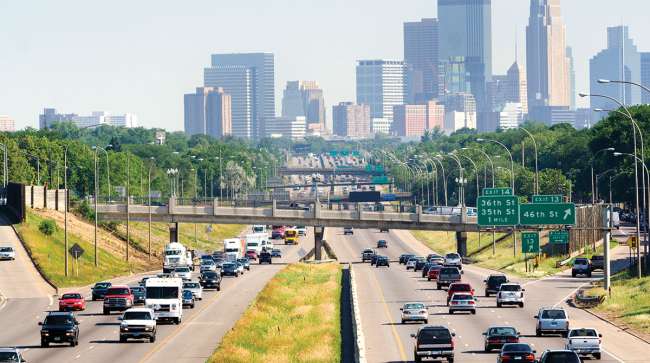
Introduction
Minnesota, often referred to as the Land of 10,000 Lakes, is a state rich in natural beauty, cultural diversity, and historical significance. Recognized for its vibrant cities and abundant outdoor recreational opportunities, Minnesota stands out as a key contributor to the Midwest’s cultural landscape. Recent events have highlighted the state’s resilience and commitment to sustainability, making it a relevant case study for urban development and environmental initiatives.
Natural Beauty and Recreation
Minnesota boasts 11,842 lakes and numerous state parks, drawing millions of visitors annually. The state’s iconic Boundary Waters Canoe Area Wilderness is a notable highlight, offering a pristine environment for canoeing, fishing, and camping. In 2023, Minnesota’s Department of Natural Resources reported a significant increase in outdoor activities due to the rise of remote and hybrid work models that encourage families to explore the great outdoors. Popular annual events, like the Minnesota State Fair, continue to showcase the state’s agricultural roots and vibrant community spirit.
Cultural Richness
Minnesota is home to a diverse population, including a substantial number of immigrants and people of Indigenous descent. The Twin Cities, Minneapolis and Saint Paul, are cultural hubs featuring renowned institutions such as the Walker Art Center and the Guthrie Theater. Recently, efforts to promote Indigenous culture and history have gained attention. In 2023, initiatives aimed at recognizing Indigenous contributions to Minnesota’s heritage have been introduced in local schools and public events.
Economic Development
The economy of Minnesota is robust, characterized by a strong presence in healthcare, agriculture, and technology sectors. The state is home to major corporations like Target, U.S. Bancorp, and 3M, which contribute significantly to local employment. In 2023, Minnesota launched a new economic development plan focusing on sustainability and innovation, aimed at attracting green technology firms and fostering job growth in emerging industries. This initiative underscores the state’s commitment to balancing economic growth with environmental stewardship.
Conclusion
As Minnesota navigates through post-pandemic recovery, its commitment to preserving its unique natural resources and diverse cultural landscape remains a priority. With ongoing developments in economic sustainability and community engagement, Minnesota serves as a model for other states looking to promote social responsibility and environmental health. For readers considering a visit or investment in Minnesota, the state promises a rich tapestry of experiences, welcoming all to explore its lakes, culture, and innovation.




